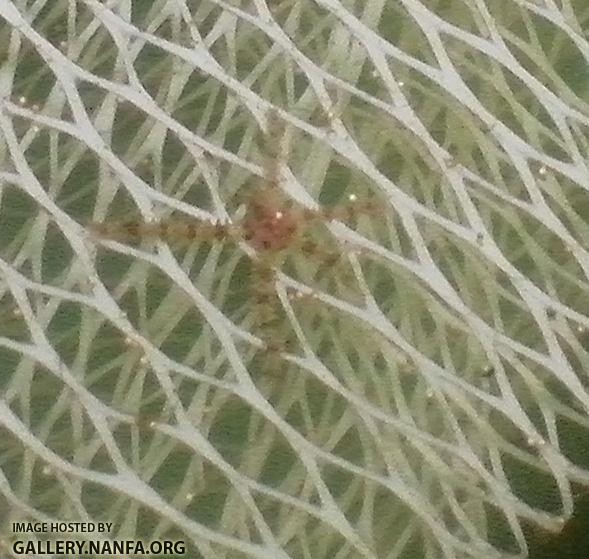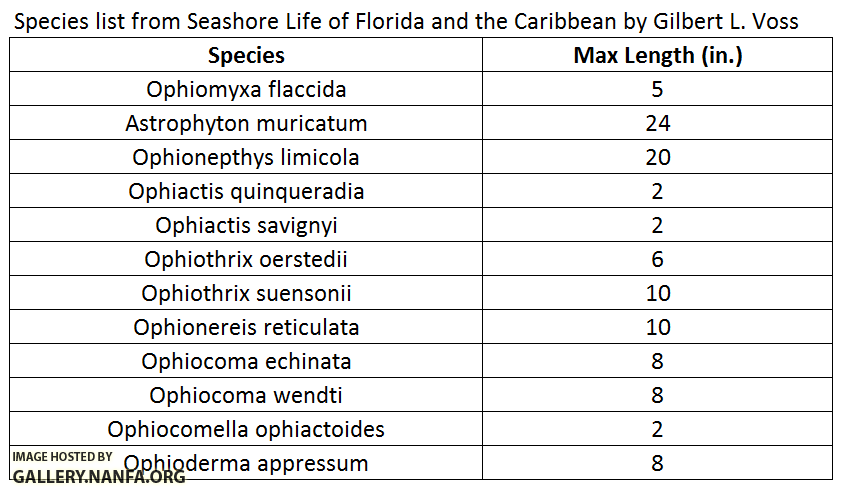
http://gallery.nanfa...03_004.JPG.html
http://gallery.nanfa...m in 1.jpg.html
Edited by EricaLyons, 05 July 2013 - 06:21 PM.
Posted 05 July 2013 - 06:11 PM

Edited by EricaLyons, 05 July 2013 - 06:21 PM.
Posted 05 July 2013 - 06:12 PM
Posted 05 July 2013 - 06:34 PM
Posted 05 July 2013 - 06:44 PM
I gave up on the seahorses and went with something less frustrating and easier to breed. Also, not $400. These were a $25 investment.Out of curiousity, but is that little starfish (not a species guess) the only thing you ordered? Are you having another go at the seahorses?
Posted 05 July 2013 - 06:54 PM
Posted 05 July 2013 - 07:15 PM

Edited by EricaLyons, 05 July 2013 - 07:19 PM.
Posted 05 July 2013 - 07:28 PM
Edited by EricaLyons, 05 July 2013 - 08:03 PM.
Posted 06 July 2013 - 08:30 AM
Posted 06 July 2013 - 10:24 AM
Edited by EricaLyons, 06 July 2013 - 10:30 AM.
Posted 06 July 2013 - 09:38 PM
Posted 06 July 2013 - 11:21 PM
I would answer yes if I hadn't accidentally killed nearly 100 Hippocampus zosterae by dosing the tank with levamisole hydrochloride, which was designed to cure it of hydroids but left them alone and wiped out all my seahorses. I was too broken hearted to get more. The micro starfish are a last attempt to get something in this saltwater cesspool to breed. This tank and I are not friends, but I keep trying. There is still a bit of caulerpa prolifera and a not-successfully-breeding pair of synchiropus splendidus (Fiji) in it, too, and some native harpacticoids from off the shore of Florida, but other than that it's empty.Are you doing a Florida biotope? That's what my native marine tank is.
Edited by EricaLyons, 06 July 2013 - 11:24 PM.
Posted 10 July 2013 - 11:20 AM
Edited by velvetelvis, 10 July 2013 - 11:25 AM.
Posted 10 July 2013 - 02:43 PM
Edited by EricaLyons, 10 July 2013 - 02:48 PM.
Posted 10 July 2013 - 05:18 PM
Posted 31 January 2015 - 09:48 PM
I don't know the exact species. They turn up in reef tanks sometimes, and they're referred to as "micro brittle stars" in the hobby. If you find one, you have more, but I haven't seen any mentions of them spawning. Presumably they spawn like urchins do.
Basically, if you want to breed them, just put them in a safe place and overfeed the tank a bit. That'll also help you see them, they reach their arms out of their hidey-holes if there's food around. Looks like tentacle rock if there's enough.
If you can't find them, you could try putting some in a tank that's mostly decorated with rock that isn't full of holes, or put them in a tank that just has little bits of easily-lifted rock. They need places to hide, but they can be moveable hiding places.
A bottle trap baited with meat should work pretty well if you need to catch some, but that'll also catch other things, so be sure to put something in the trap they can hide in if a big scary predator gets in there with them.
0 members, 0 guests, 0 anonymous users